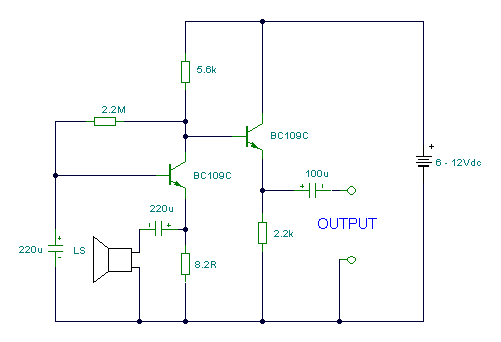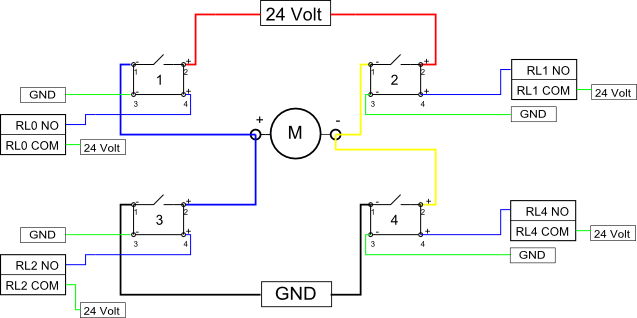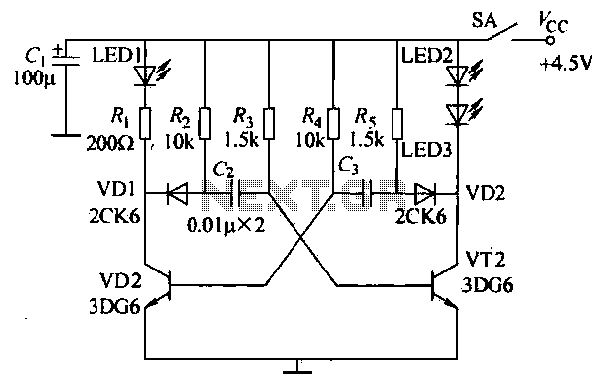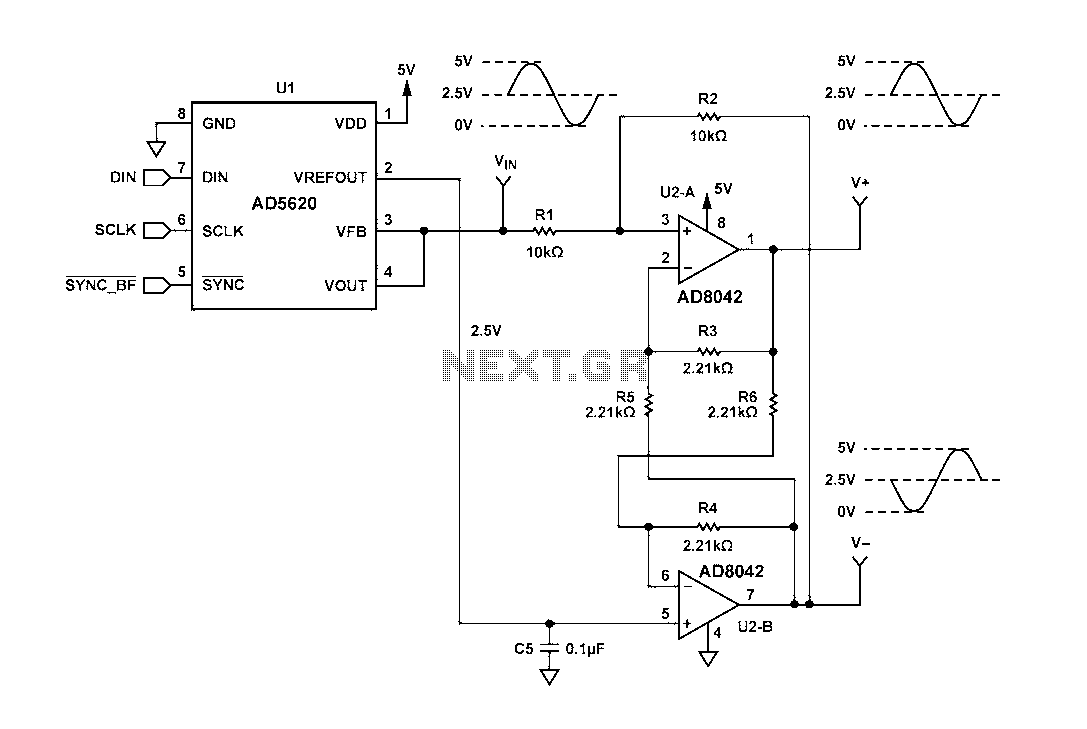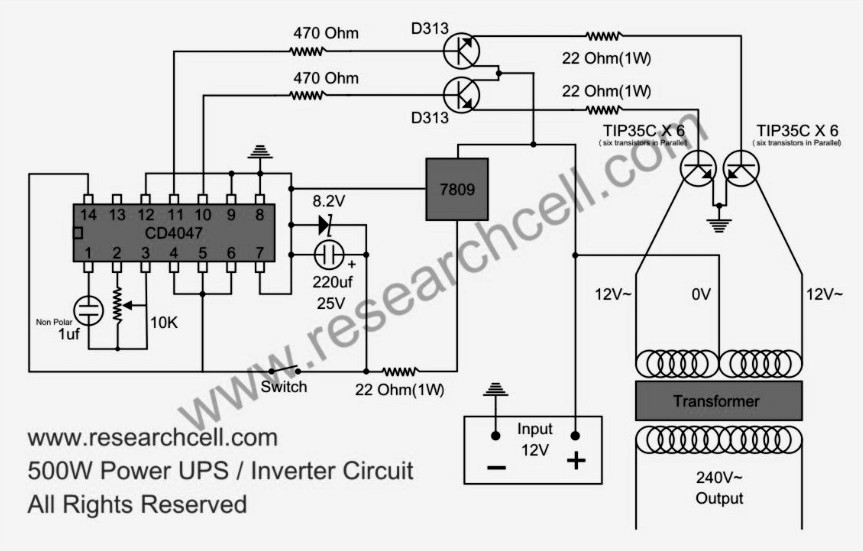
Basic RF Oscillator circuit diagram
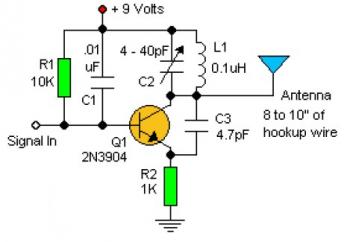
Experimenting with the size of the coil and the number of turns can influence the frequency and signal output of the oscillator. The signal can be received using a standard FM radio receiver. The input signal should be coupled via a disc capacitor of approximately 0.1 µF to the preceding stage. The objective is to transmit more information by carrying articles. For issues related to content, copyright, or other concerns, please send an email to [email protected] within 15 days, and it will be addressed promptly.
The oscillator circuit described involves fundamental principles of inductance and capacitance, which directly affect the frequency of oscillation. The size of the coil, determined by its diameter and the number of turns, plays a critical role in defining the inductance value, which, in conjunction with the capacitive element, sets the resonant frequency of the oscillator. The resonant frequency (f) can be calculated using the formula:
\[ f = \frac{1}{2\pi\sqrt{LC}} \]
where L is the inductance in henries and C is the capacitance in farads. By adjusting the coil size and the number of turns, one can fine-tune the inductance, thus affecting the overall frequency output of the oscillator.
The coupling of the oscillator's output signal to the next stage is achieved through a disc capacitor of approximately 0.1 µF. This capacitor serves as a high-pass filter, allowing the AC signal generated by the oscillator to pass while blocking any DC components. This is crucial for ensuring that only the desired frequency components are transmitted to the subsequent circuit stage, which could be an amplifier or a modulator.
To receive the oscillator's signal, a standard FM radio receiver can be utilized. The radio receiver is designed to pick up frequency-modulated signals within a specific frequency range. By tuning the receiver to the oscillator's output frequency, the signal can be demodulated and processed, allowing for the transmission of information encoded onto the carrier wave.
In practical applications, the oscillator can be integrated into various communication systems where information needs to be transmitted over radio frequencies. The ability to modify the coil and capacitor values allows for versatile designs tailored to specific communication requirements. It is essential to ensure that the components used are rated appropriately for the desired frequency and power levels to maintain signal integrity and prevent component failure.You can experiment with the size of the coul and the number of turns to see how it affects the frequency and signal output of the oscillator. You should be able to pick up its signal with standar FM radio receiver. The Signal In should be coupled by disc capacitor of about 0. 1uF to the stage in front of it. We aim to transmit more information b y carrying articles. Please send us an E-mail to wanghuali@hqew. net within 15 days if we are involved in the problems of article content, copyright or other problems. We will delete it soon. 🔗 External reference
The oscillator circuit described involves fundamental principles of inductance and capacitance, which directly affect the frequency of oscillation. The size of the coil, determined by its diameter and the number of turns, plays a critical role in defining the inductance value, which, in conjunction with the capacitive element, sets the resonant frequency of the oscillator. The resonant frequency (f) can be calculated using the formula:
\[ f = \frac{1}{2\pi\sqrt{LC}} \]
where L is the inductance in henries and C is the capacitance in farads. By adjusting the coil size and the number of turns, one can fine-tune the inductance, thus affecting the overall frequency output of the oscillator.
The coupling of the oscillator's output signal to the next stage is achieved through a disc capacitor of approximately 0.1 µF. This capacitor serves as a high-pass filter, allowing the AC signal generated by the oscillator to pass while blocking any DC components. This is crucial for ensuring that only the desired frequency components are transmitted to the subsequent circuit stage, which could be an amplifier or a modulator.
To receive the oscillator's signal, a standard FM radio receiver can be utilized. The radio receiver is designed to pick up frequency-modulated signals within a specific frequency range. By tuning the receiver to the oscillator's output frequency, the signal can be demodulated and processed, allowing for the transmission of information encoded onto the carrier wave.
In practical applications, the oscillator can be integrated into various communication systems where information needs to be transmitted over radio frequencies. The ability to modify the coil and capacitor values allows for versatile designs tailored to specific communication requirements. It is essential to ensure that the components used are rated appropriately for the desired frequency and power levels to maintain signal integrity and prevent component failure.You can experiment with the size of the coul and the number of turns to see how it affects the frequency and signal output of the oscillator. You should be able to pick up its signal with standar FM radio receiver. The Signal In should be coupled by disc capacitor of about 0. 1uF to the stage in front of it. We aim to transmit more information b y carrying articles. Please send us an E-mail to wanghuali@hqew. net within 15 days if we are involved in the problems of article content, copyright or other problems. We will delete it soon. 🔗 External reference
